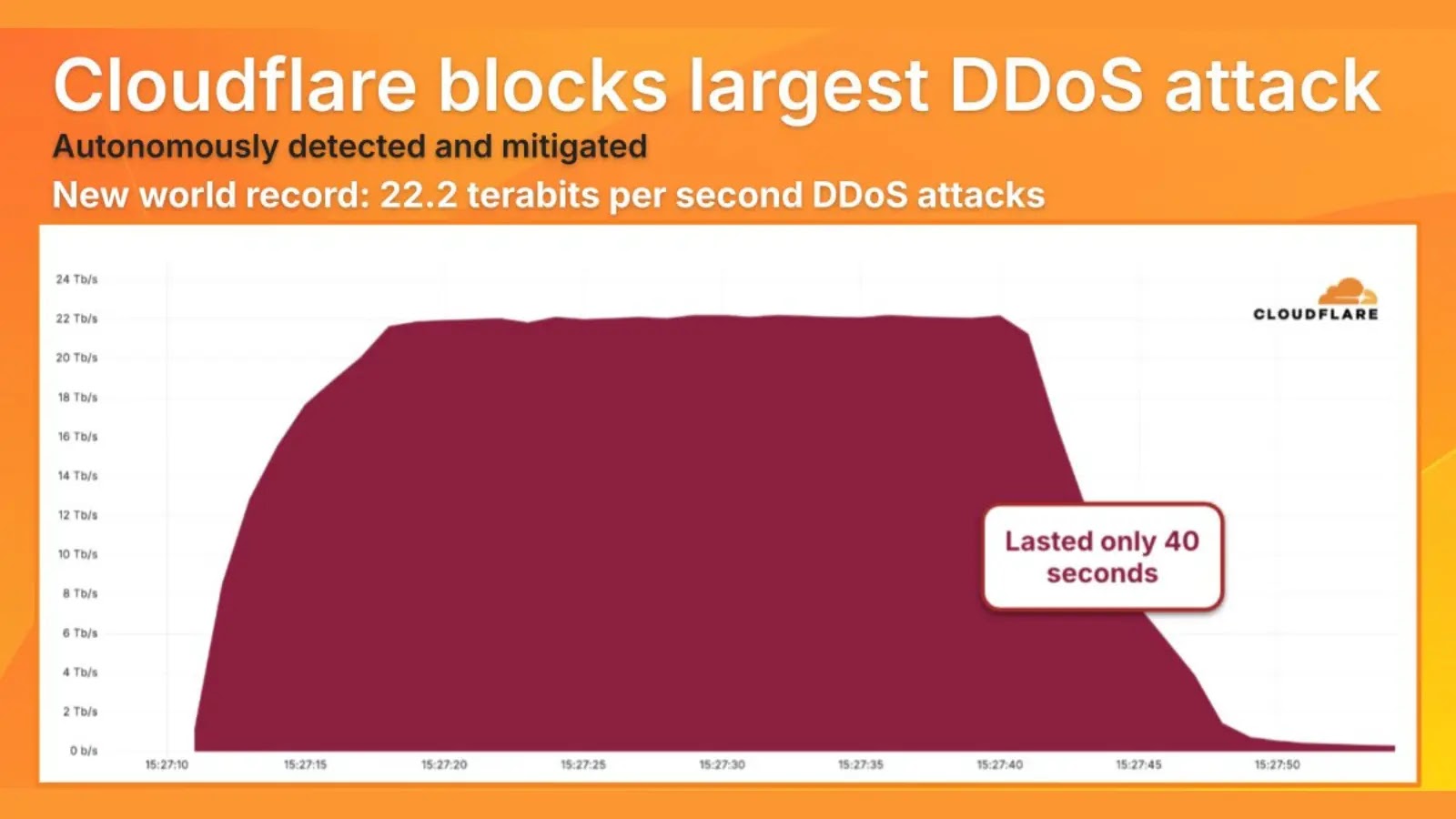In a significant victory against cybercrime, Canadian law enforcement has successfully dismantled TradeOgre, a clandestine cryptocurrency exchange operating on the Tor network. This platform was instrumental in laundering over $56 million in digital assets obtained through illicit means.
Emergence and Operations of TradeOgre
Established in early 2023, TradeOgre functioned exclusively as a hidden service within the Tor network, a system designed to anonymize internet traffic. This setup allowed the platform to evade regulatory scrutiny and obscure the origins of the funds transacted. By deliberately bypassing Know Your Customer (KYC) protocols, TradeOgre enabled users to trade various cryptocurrencies—including Bitcoin, Monero, Ethereum, and numerous altcoins—without revealing their identities.
Initially marketed as a decentralized marketplace catering to privacy-conscious traders, TradeOgre rapidly became a hub for cybercriminals. It facilitated the movement of funds derived from ransomware attacks, darknet market transactions, and other illicit activities. Transactions were conducted through a custom API interface accessible solely via a .onion address, further enhancing the platform’s anonymity.
Law Enforcement Investigation and Seizure
The Royal Canadian Mounted Police (RCMP) initiated an investigation into TradeOgre after detecting unusual traffic patterns and indicators suggesting the platform’s involvement in high-value cryptocurrency thefts. This investigation culminated in the seizure of $56 million in digital assets on September 18, 2025.
Technical Infrastructure and Evasion Tactics
TradeOgre’s backend infrastructure comprised a suite of open-source components augmented with proprietary scripts to automate order matching and deposit processing. Although the platform’s codebase was not publicly disclosed, investigators recovered fragments of shell and Python scripts used to manage wallet hot-storage and mixing services. Configuration files revealed the use of multi-hop proxy chaining, a technique designed to obfuscate the platform’s operations.
To evade detection, TradeOgre employed a layered obfuscation strategy. The platform operated on a virtual machine cluster hosted within bulletproof hosting services, with each node communicating over Tor circuits and randomized VPN endpoints. This multi-layered approach significantly hindered attribution efforts and complicated traditional threat intelligence tracking.
Investigators uncovered a proxy setup script illustrating how TradeOgre maintained its hidden service:
“`
# Proxy chaining for TradeOgre hidden service
sudo apt-get install tor privoxy
cat << EOF > /etc/privoxy/config
listen-address 127.0.0.1:8118
forward-socks5t / 127.0.0.1:9050 .
EOF
systemctl restart privoxy
# Access API through Tor proxy
curl –socks5-hostname 127.0.0.1:9050 http://tradeogrehidden.onion/api/v1/markets
“`
This script demonstrates the platform’s use of proxy chaining to maintain anonymity and resist detection.
Implications and Broader Context
The dismantling of TradeOgre underscores the challenges law enforcement agencies face in combating financial crimes facilitated by the darknet. The platform’s sophisticated use of anonymizing technologies and evasion tactics highlights the evolving nature of cybercriminal operations.
This case also reflects a broader trend of law enforcement agencies worldwide intensifying efforts to disrupt illicit cryptocurrency exchanges. For instance, in June 2025, Europol dismantled a fraudulent cryptocurrency investment network that defrauded over 5,000 victims globally, laundering approximately €460 million in illicit profits. Similarly, in April 2024, a joint operation between German and U.S. authorities led to the seizure of a platform used for paid Distributed Denial of Service (DDoS) attacks.
These coordinated efforts signify a growing recognition of the need for international collaboration to address the complexities of cybercrime. The successful takedown of platforms like TradeOgre sends a clear message to cybercriminals about the increasing capabilities and determination of law enforcement agencies to combat illicit activities in the digital realm.



